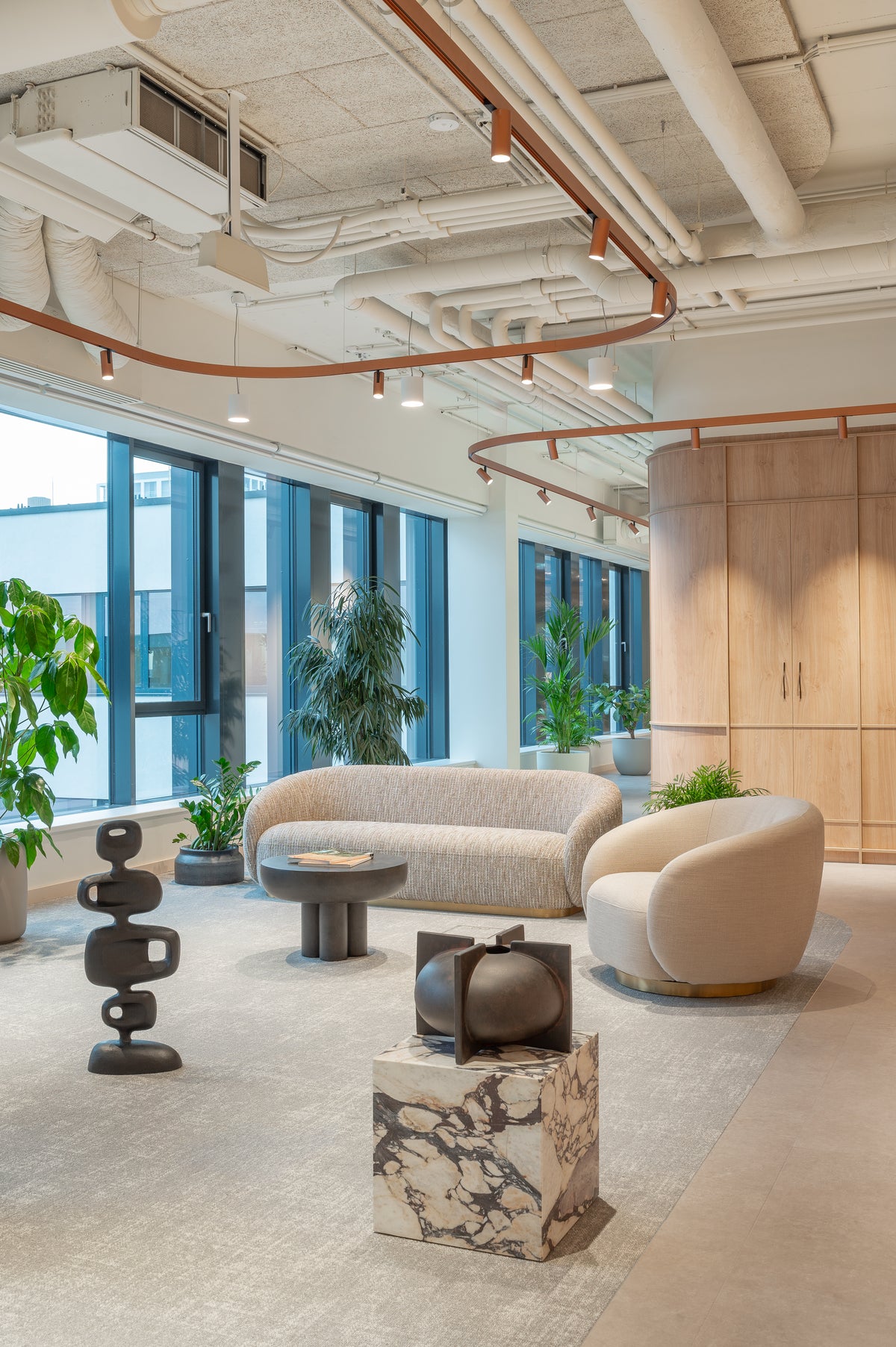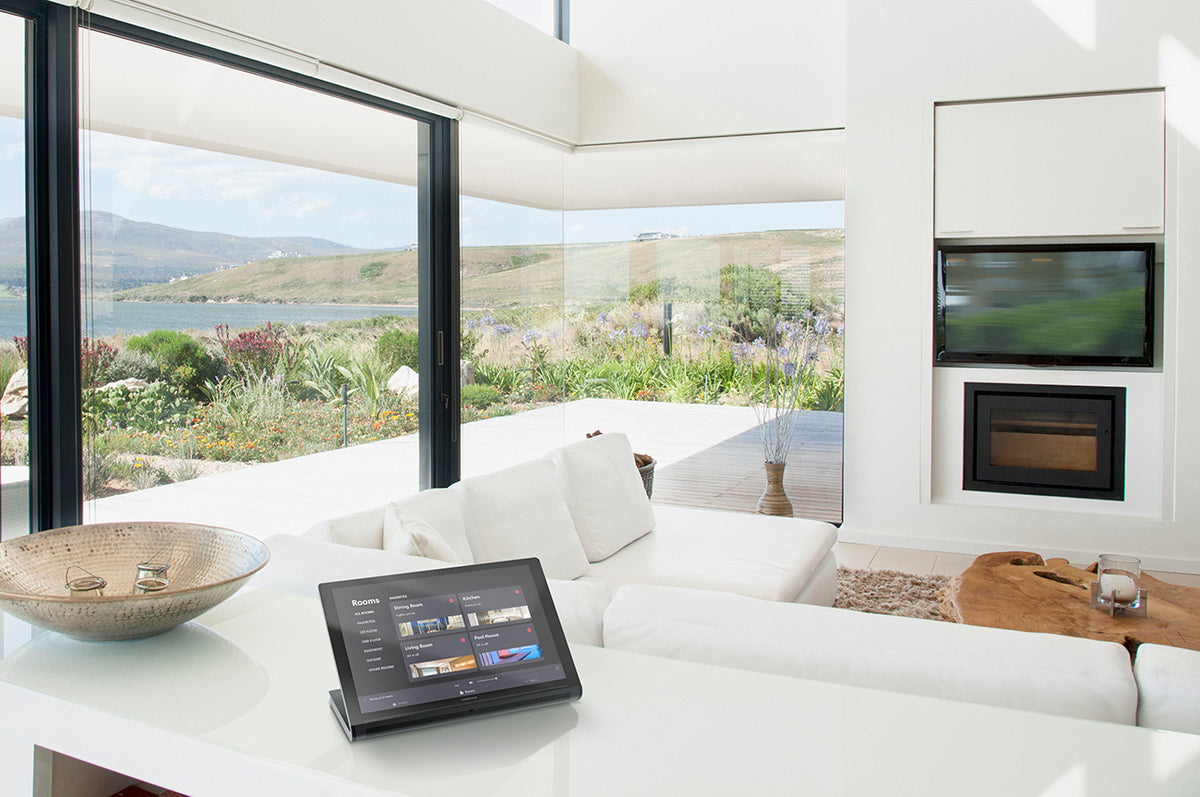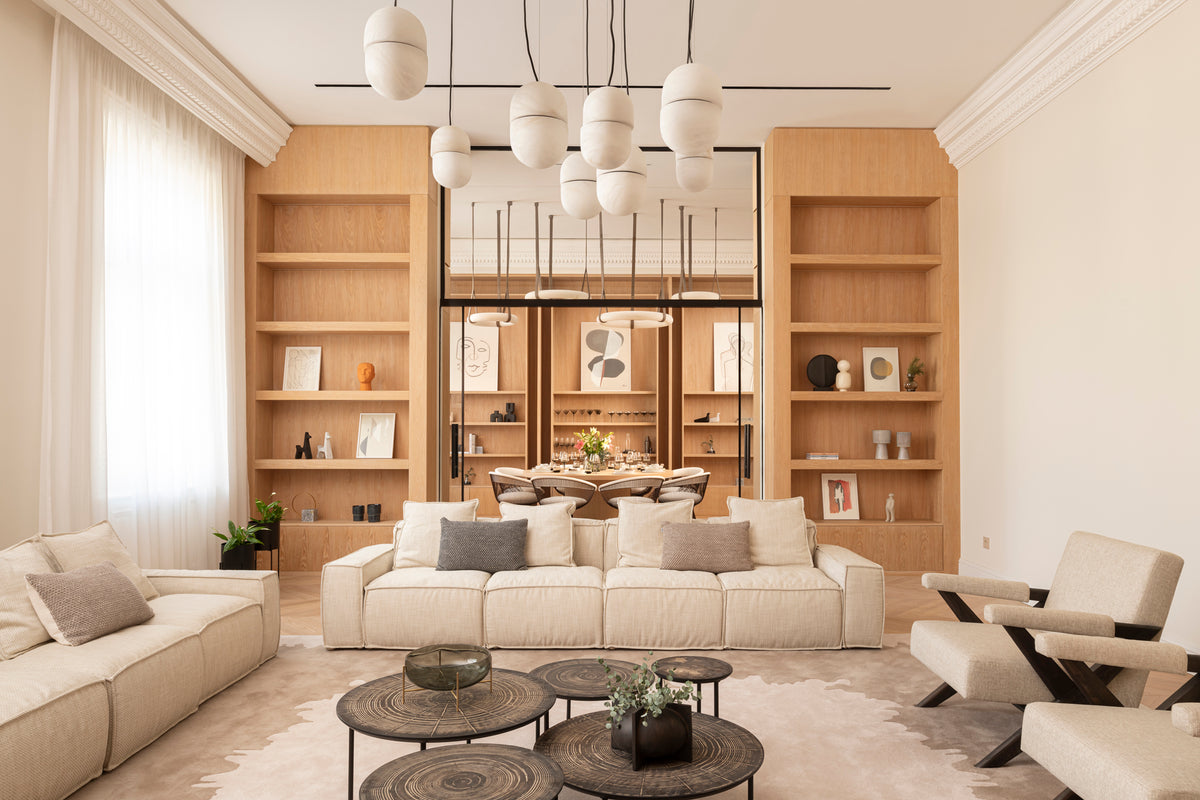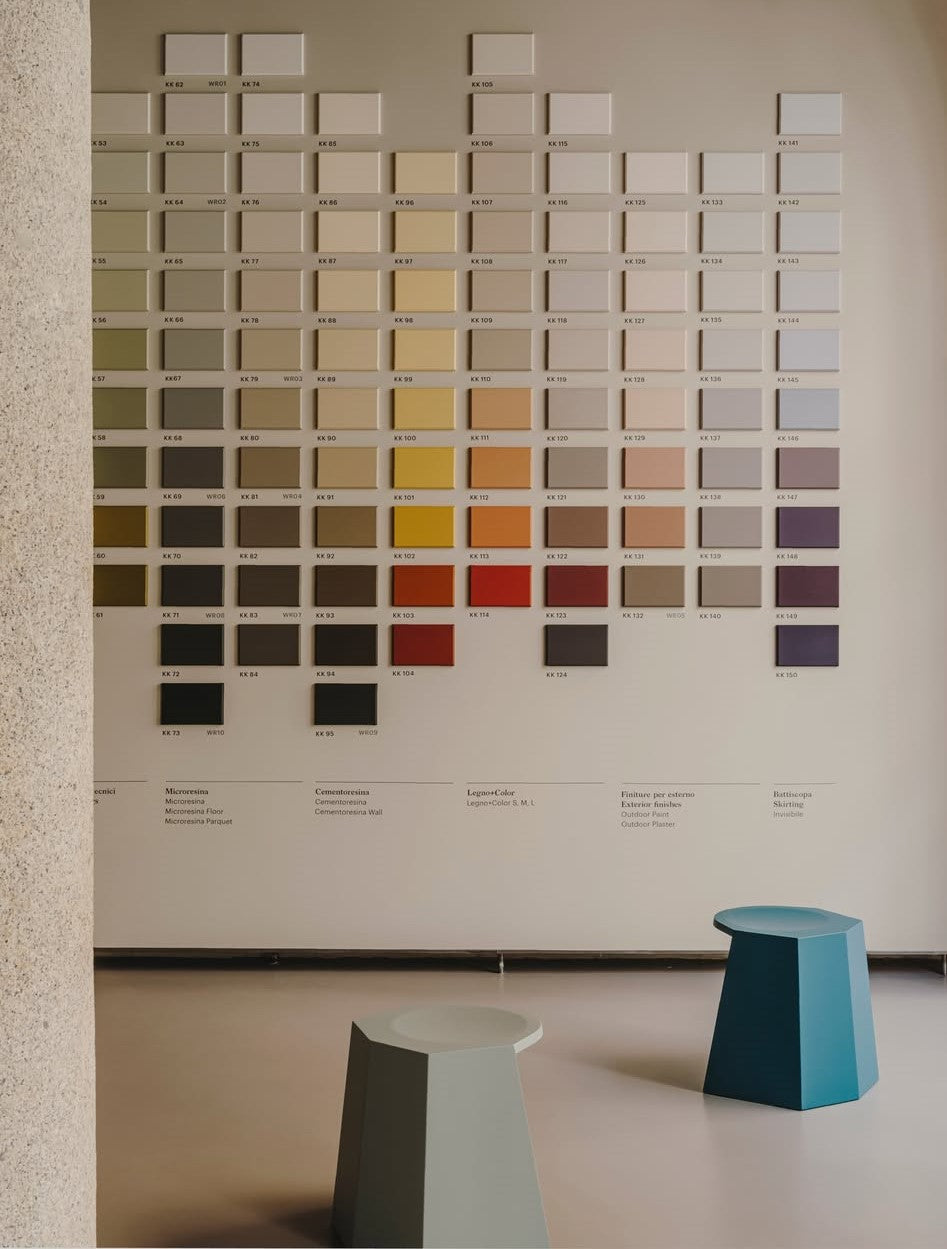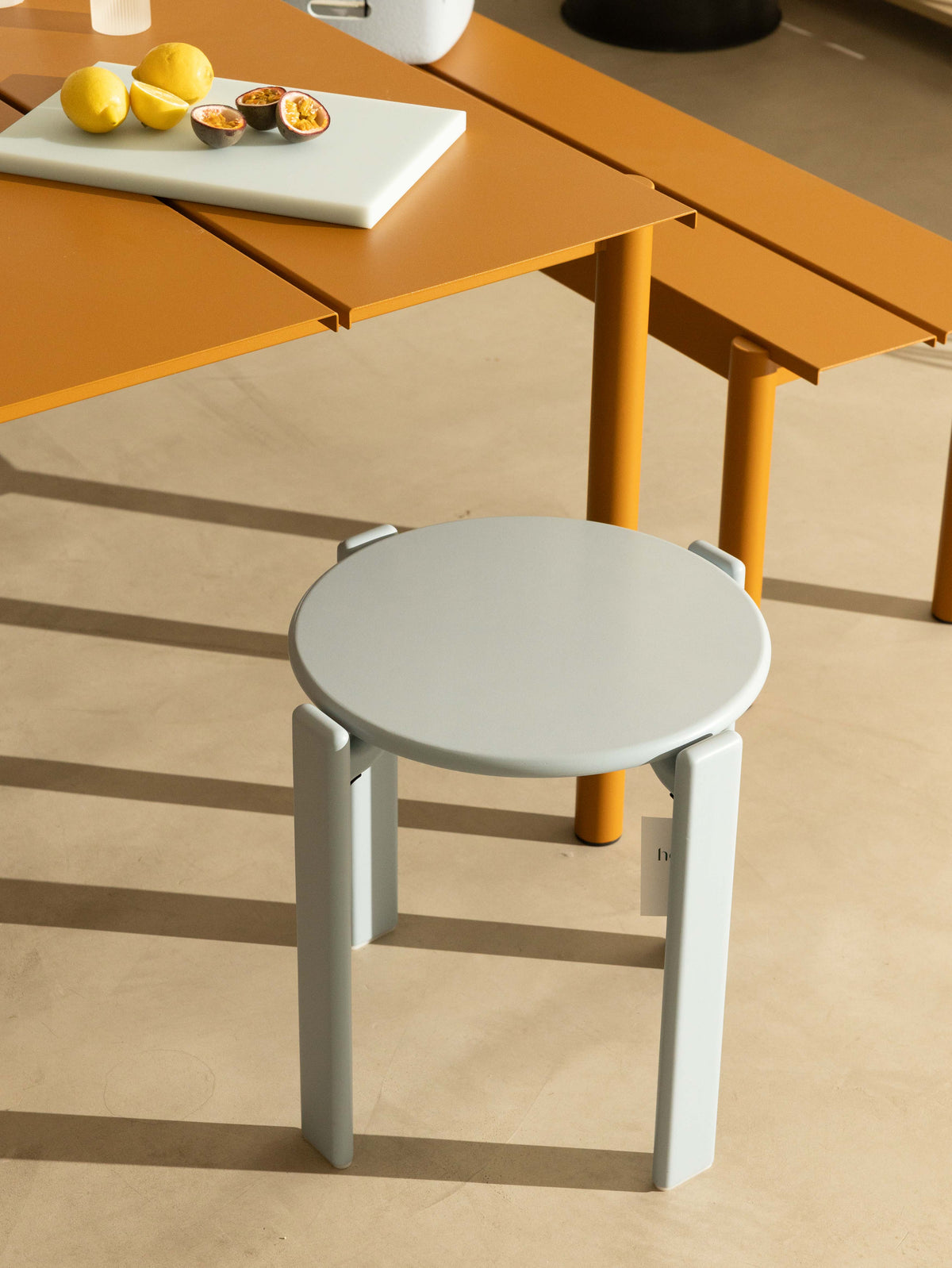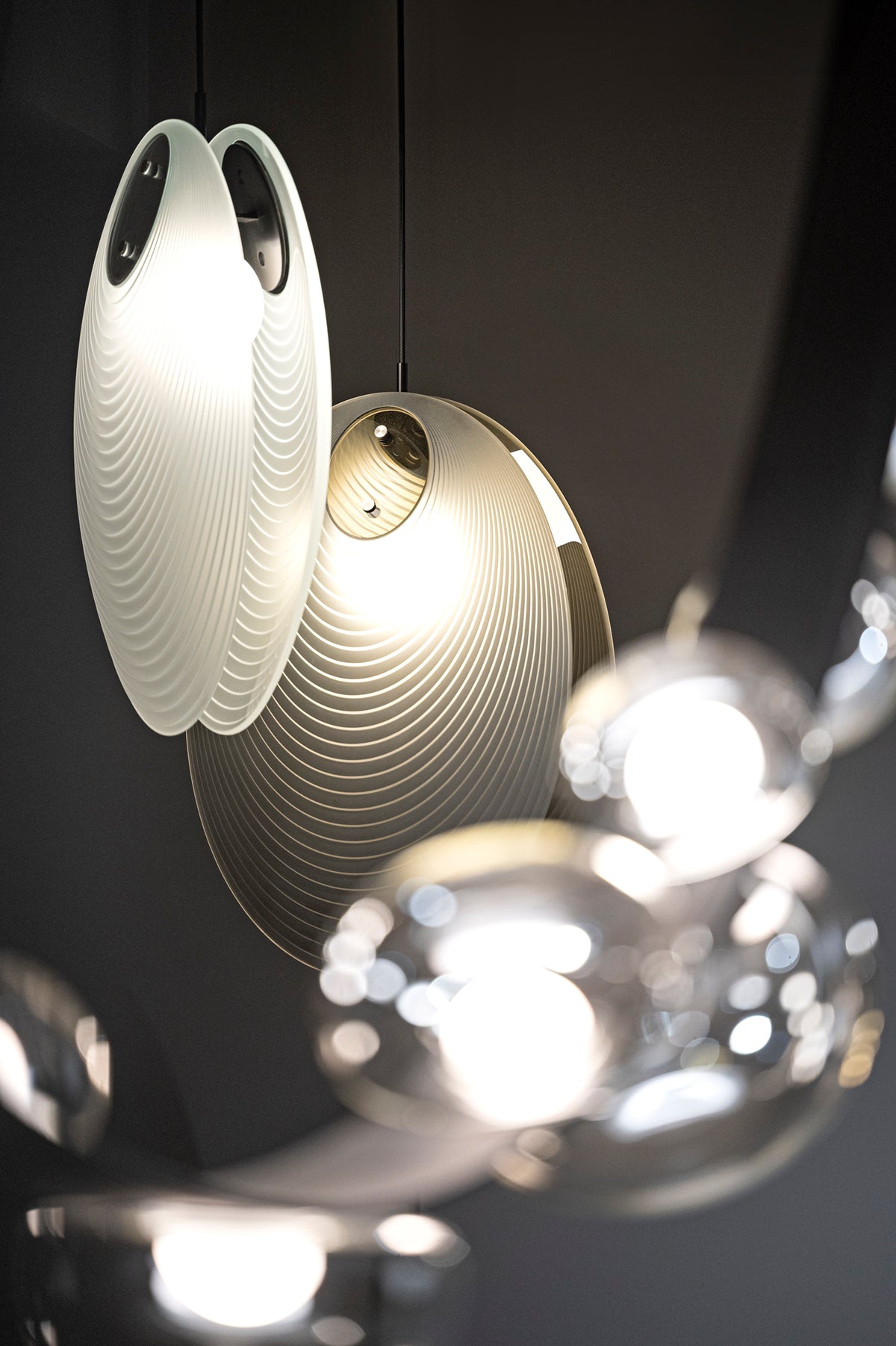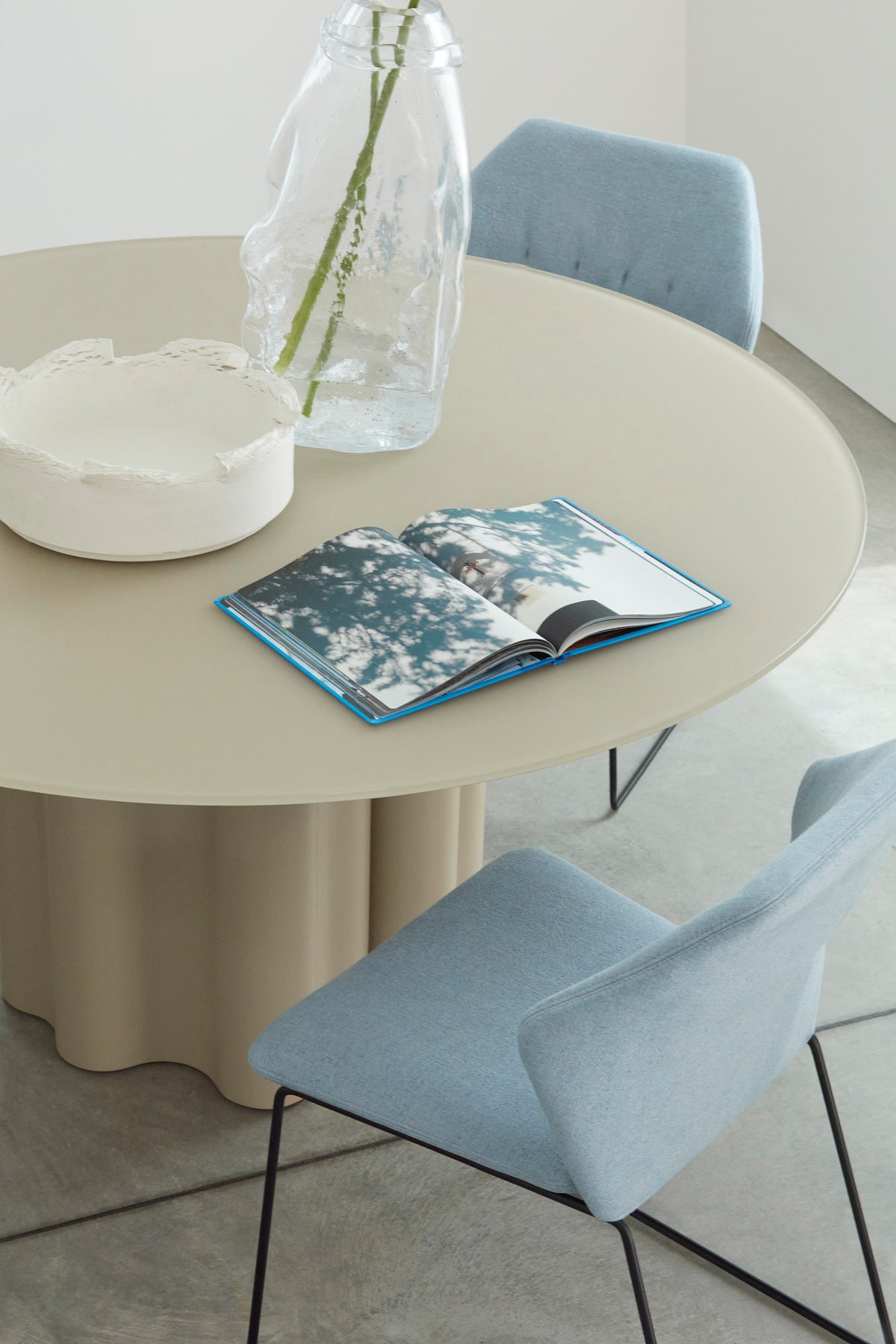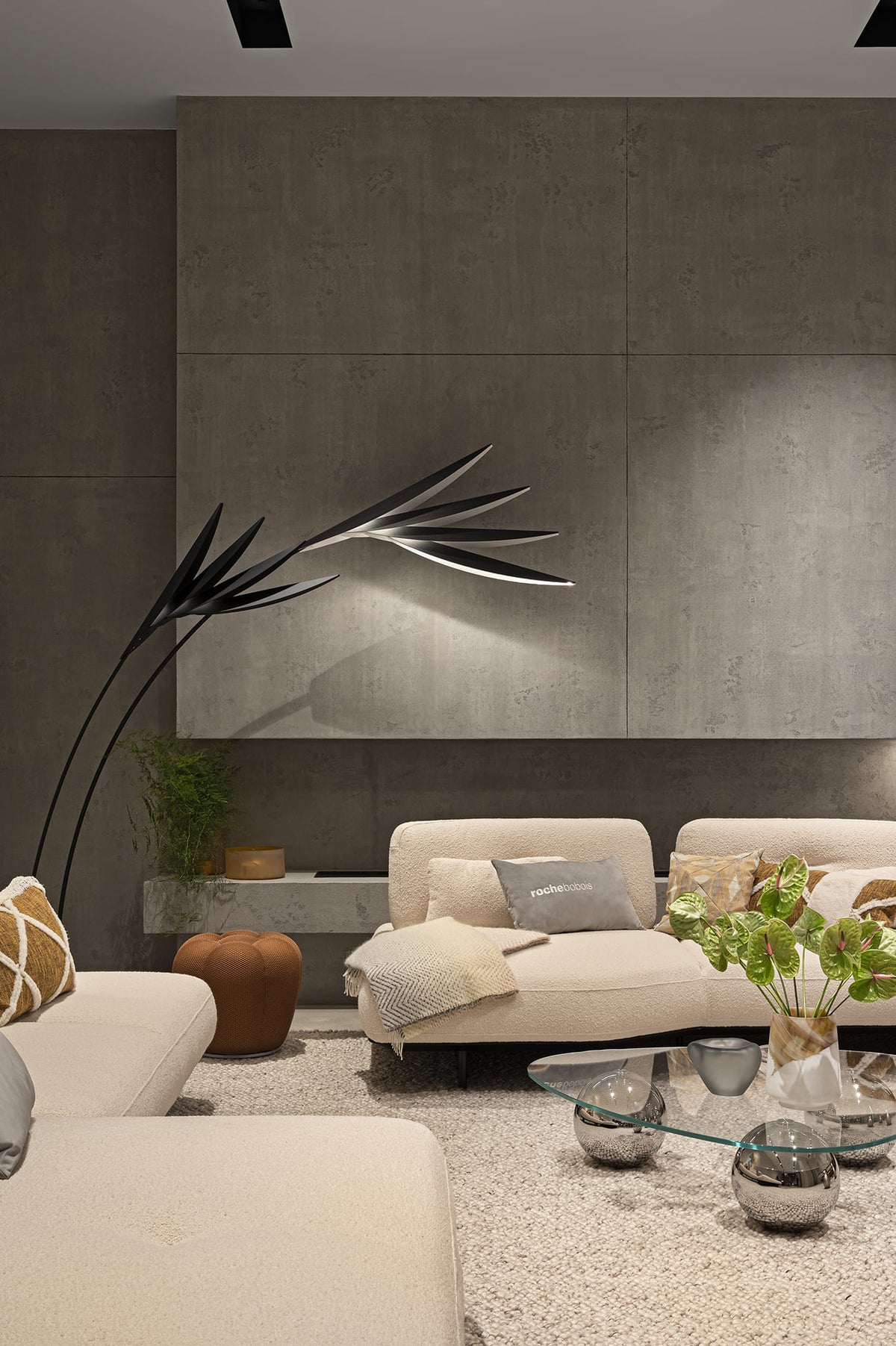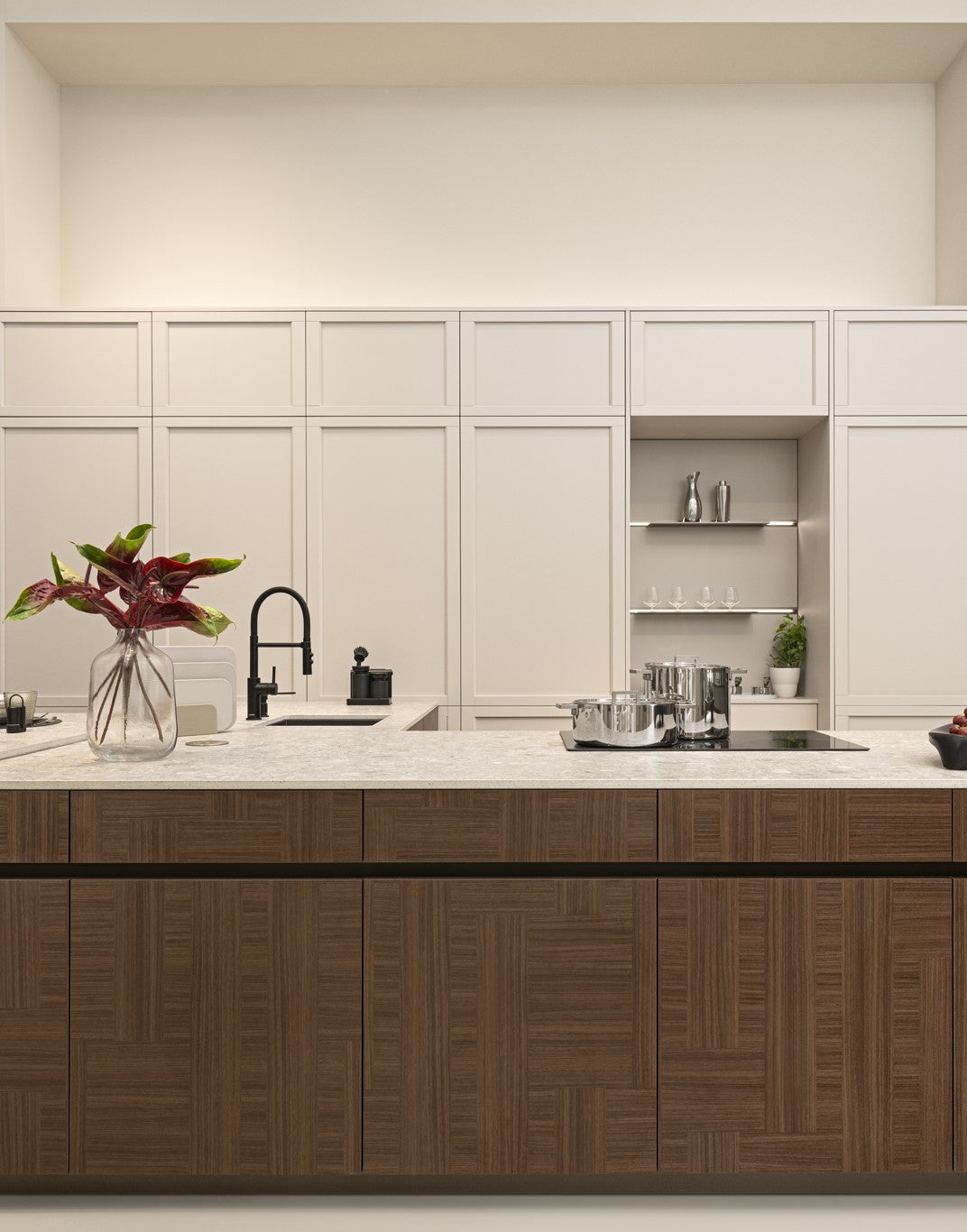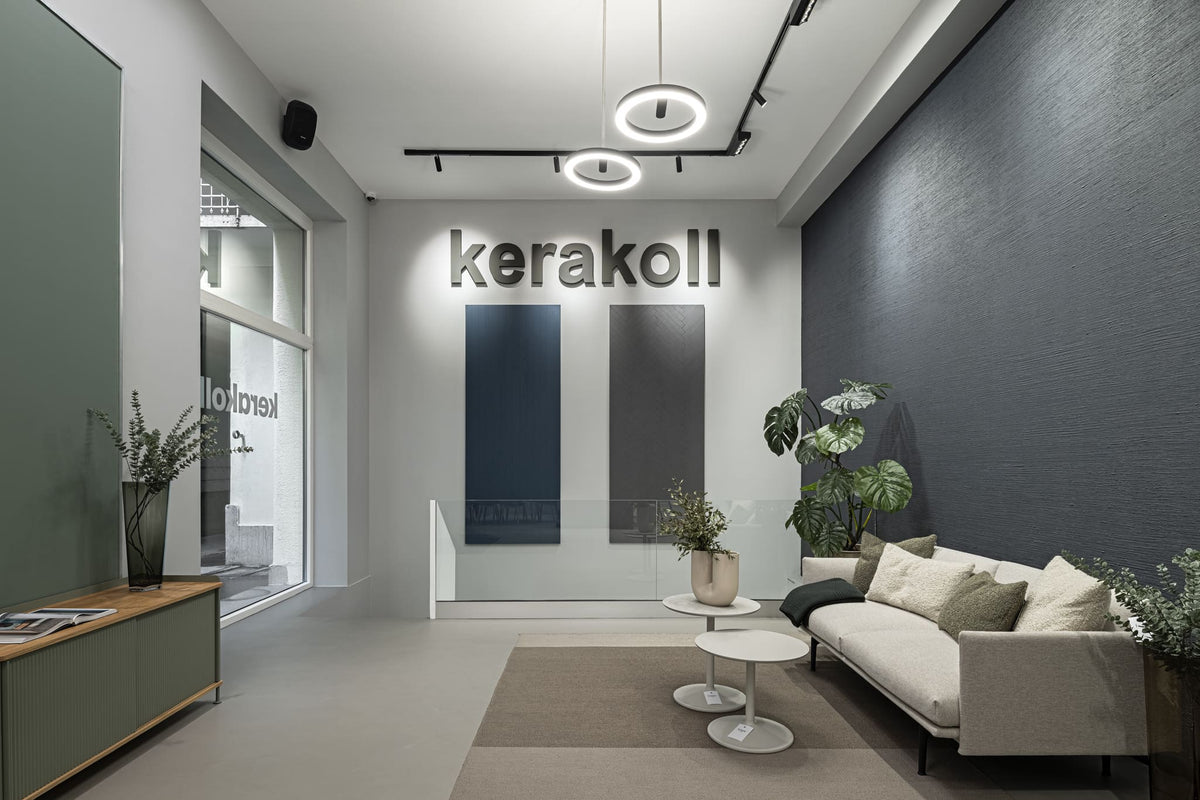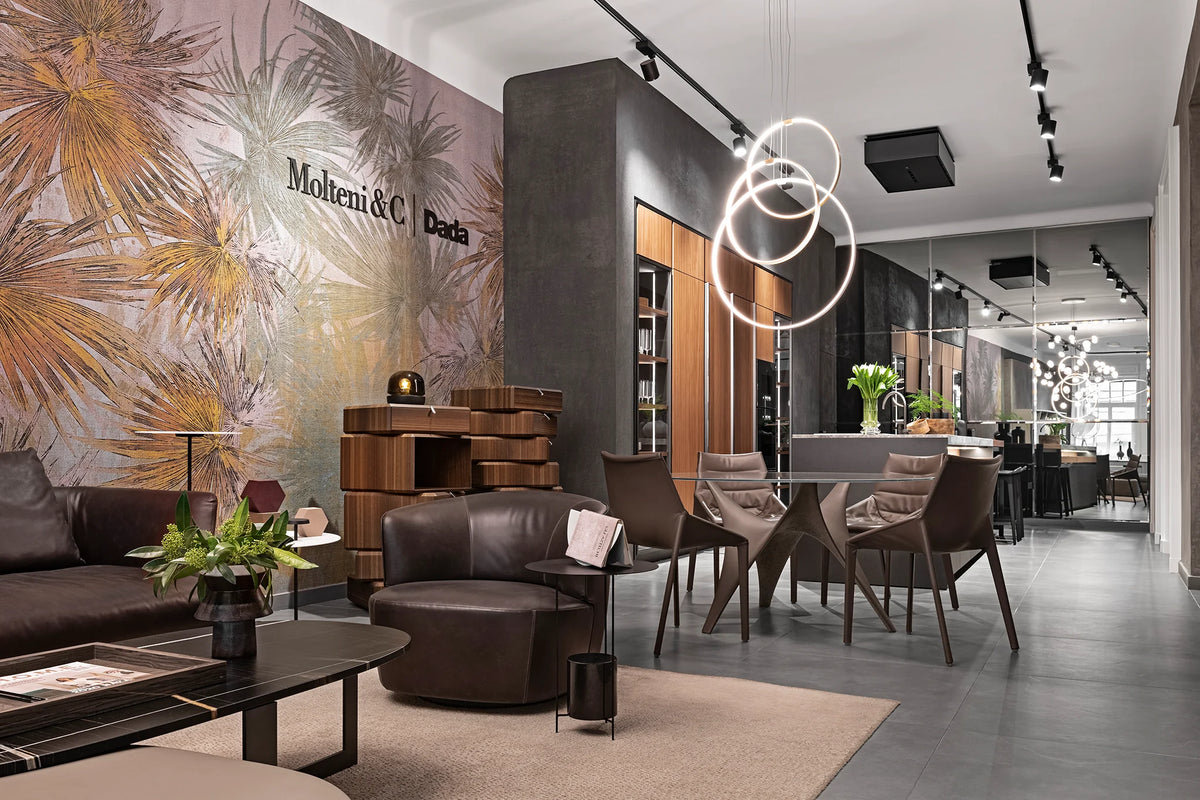February 13, 2025
Ott Anna – "We're still learning slow living, but this environment is perfect for it."
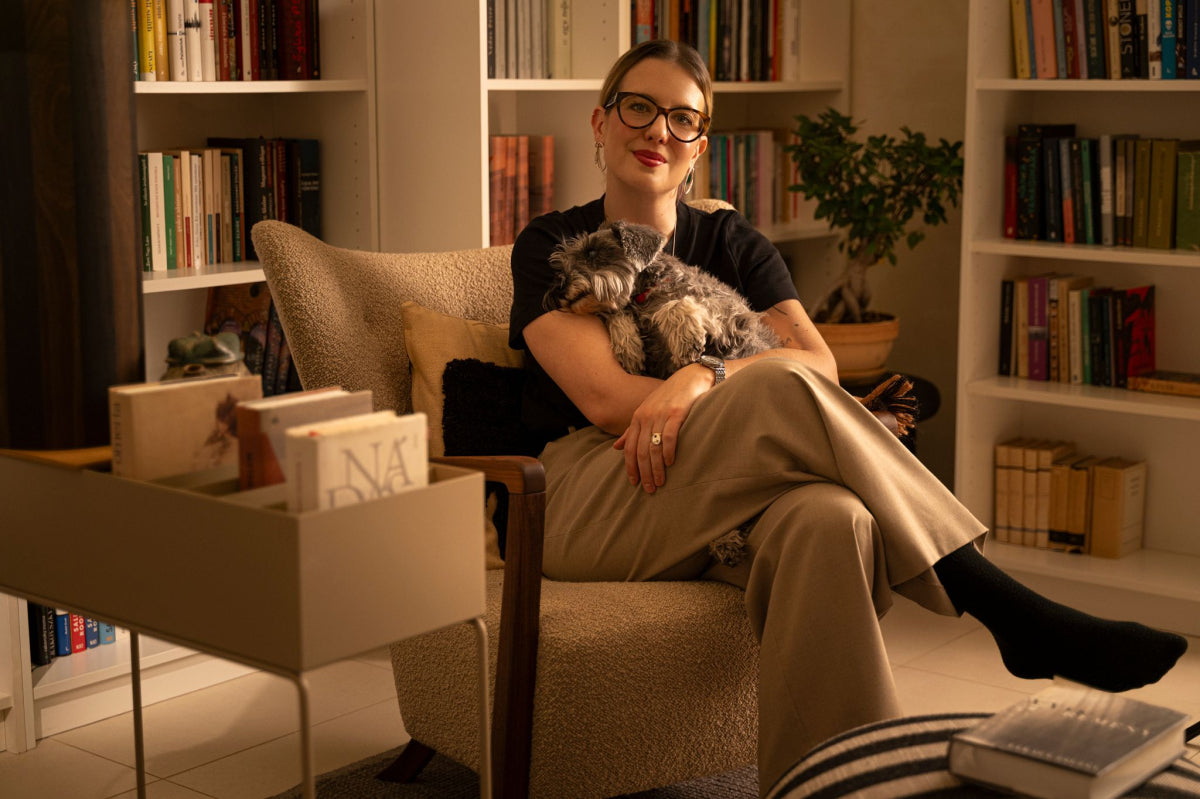
In the latest episode of our series, we take a glimpse into the world of Ott Anna, who shares her passion for books, literature, and the arts with us. During our conversation, you'll learn how work and leisure intertwine for her, the role that reading plays in her life, and how she creates a balance of creativity and harmony in her home. Anna speaks honestly about the challenges of the slow living philosophy, the importance of personal space, and how female authors and artists inspire her. If you’re curious about how reading and curiosity can become a career, and which objects, books, and memories make a home truly personal, be sure to check out our blog post!

How does reading as an activity relate to you, and where do you draw the line between work and leisure? I remember you had a funny moment when you said that you were at home reading but couldn’t decide whether you were working or resting.
Ott Anna: I think all creative work—especially when it’s not the typical 9-to-5 office job—comes with the risk of not knowing where to draw the line. One has to learn to set boundaries, to keep work time and space separate. It’s about finding where creativity can flourish, figuring out what you need to be truly productive, and how to structure your day.
This is true for me as well. Reading is part of my job, which still feels a bit strange to say. Since childhood, it’s been my greatest resource, my biggest passion, and it’s really amazing to be able to live off what I love doing most. At the same time, I have to set and stick to very strict rules, because work and leisure can easily blur together. It’s important to create a balance between relaxation, unwinding, and doing precise, focused work.
I make sure to have at least one day a week when I’m completely on my own at home, just focusing on the texts. On these days, I prepare for my book clubs, take notes, or work on materials for a book presentation or a podcast episode. From the outside, it might look like I’m just sitting in a chair with a book in my hand, but this is also work.
I can’t be grateful enough for this, but it took a lot of learning to make it productive. If there’s too much noise at home, I head to the library in Szentendre, which has become my base. In the past, I could read in cafés or on the commuter train, but now even the smallest noise distracts me. It’s also a challenge to avoid doing household chores when I’m at home working—like doing the dishes or starting a load of laundry—and to focus solely on my tasks.

How closely is slow living and the conscious planning of time spent at home connected to this? A family house and a garden are symbols of tranquility for many, but what challenges do they bring?
A.O.: I grew up in Szentendre, and I really loved the small-town atmosphere where everyone knows each other. But after a while, I started feeling the weight of it, so I went to high school in Budapest, and then I lived in Buda for ten years. As soon as my son was born, we immediately moved back because we felt that this would be the best place for the next stage of our lives. The proximity to nature, the stream, the Danube, the easy access to downtown, the garden, and the animals all contribute to making this decision feel right even today.
My little boy loves being at home, he would rather not leave, so we really make the most of this house. Our goal is for this space to serve everything: relaxation, entertainment, and safety. We are still learning the art of slow living, but this environment is perfect for it.

What is your definition of a coffee table book?
A.O.: A coffee table book concept is familiar to me, but there aren’t really such books here, because I already have many books that I place here and there: in the kitchen, the dining room, the living room, and everywhere. I know exactly the system for why each stack of books is where it is. There’s a stack of books that I’ve just bought or received but haven’t had time to read yet, there are those I’ve already read but still need to work with, and there are some that I occasionally like to flip through, so they’re always visible. Their final place is in alphabetical order in the library room. Now, my son also has many books, and we store them based on which ones we read as bedtime stories and which ones we browse through during the day. Although it may seem like chaos, I can actually see the system very clearly. I don’t have a need to place any book on display purely for aesthetic purposes; there are already books everywhere.

If Home of Solinfo asked you to create a selection of coffee table books, would you do it?
A. O.: Of course! I would be happy to do that. I love beauty, and books as objects are very important to me; I even collect them. If a library book becomes important to me, I buy it so I can have it at home. Sometimes I have to read digitally if a book hasn’t been released yet, but it’s simply a different reading experience when I read on paper. I can underline the important parts, and I can flip back through it.

What was the most interesting book you were able to read before its release?
A. O.: It's always the one I’ve read most recently. Right now, I was able to read the novel Sunshine Sickness by Linda Boström Knausgård, who is the ex-wife of one of my favorite Norwegian authors, Karl Ove Knausgård. The book will soon be published in Hungarian, and it's a story about bipolar depression and divorce (themes that are already familiar from her ex-husband's works). It was shocking, and it stayed with me for a long time. It became really important to me.
Creativity and curiosity are crutches in your life—how do they appear in your home?
A. O.: Yes, in my work, perhaps my greatest driving force is my curiosity, and I'm glad that even though I've been working in literature for over ten years, this hasn’t changed. I'm just as curious about well-known authors as I am about new ones and novelties. Curiosity is the driving force that moves me forward every day and sits me at my desk; it also helps me ask the questions that interest both me and the audience during an artistic discussion.
I don’t consider myself particularly creative, but maybe it manifests in my work, for example, in who I invite to a roundtable discussion, what topics I choose, and how I select the books for our book club.
At home, instead of curiosity and creativity, my attachment to familiar things is much more dominant. I'm not the type of person who rearranges the house every month—if an item has a designated place, it will definitely stay there for years. However, I do like surrounding myself with literature and my work. By this, I mean that the sheer number of books already gives a certain atmosphere, and of course, there’s the task of organizing them, keeping them clean, and so on.
On the other hand, I really love handwritten texts; I collect manuscripts from authors who are important to me. These are cherished memories, texts I’ve asked the author to copy for me on a piece of paper. I surround myself with these in different rooms of the house, and it's always nice to look at them. Since my son was born, I’ve started collecting for him as well, but not manuscripts—rather, illustrations from his favorite storybooks. For example, his wall now features an illustration of Hóchóc from the Maszat Stories, drawn by Irisz Agócs. So, the items in our home have not only aesthetic but also emotional significance.

What design objects or works of art do you hold on to in your home?
A. O.: I don't have many design objects or artworks, but I do have a few paintings that have been important to me for many years and were already in our previous home. I remember when we hung the two Konok Tamás paintings here after moving, I felt like, 'Okay, now this is home.'
My first real graphic work was one of Barabás Zsófi's pieces, which I got from my mom for my birthday, and the first painting was a gift from Zsófi for my thirtieth birthday. After we moved back to Szentendre, a true Szentendre painting, featuring church towers and an alley, found its place in our living room. Although I really like design and admire homes that feature it, I feel more comfortable surrounded by memories and personal objects. I’d rather put away a candlestick that has some memory attached to it than invest in a design object.

What creators and themes are inspiring you lately?
A. O.: Since becoming a mother, although not consciously, I think about 80% of my readings have been written by women. Their perspectives, questions, and writings are what truly touch and inspire me. I’ve read a lot of works by Krisztina Tóth, Anna Szabó T., Andrea Tompa, and Tímea Turi. Last summer, I read almost all of Doris Lessing’s novels, Annie Ernaux is a huge favorite of mine, as is Rachel Cusk, but Ali Smith, Virginia Woolf, and Lydia Davis have also been with me recently.
How do you make use of the spaces in your home? How did you set up your reading nook and your office?
A. O.: The living room and dining room are the most important places for family gatherings. When I’m alone, I spend most of my time in the office, which has a huge desk where everything fits. I move in here in the morning with tea, coffee, and water, and some of my books are here. I can stay here for hours without leaving. The library room is my favorite space in the house, but unfortunately, I don't spend enough time here.

What did you like about the home styling work?
A. O.: This house already has a well-defined style, but I had never had the experience of someone who truly understands this, coming in to reshape the space. I’ve never worked with home stylists or interior designers before, and what they did here was truly amazing to me. The most striking thing was how important the role of colors was, especially the balance between homogeneity and contrast. For example, in the living room, where the natural color palette dominated, it was fantastic to see how well a black accent piece stood out.
It was also very important to me that they brought with them chairs that were not only beautiful but also comfortable. People tend to think that designer pieces aren’t necessarily comfortable, but these were both. It was fascinating to get a glimpse into this work and see how professionals approached the spaces from an external perspective. The use of colors, the introduction of contrasts, and the inclusion of both beautiful and comfortable furniture all contributed to making the space feel truly homey. The professionals' outside perspective was really helpful in making the spaces feel even more personalized.

Magazine

Edit Ditz – “We may not be able to make the whole world beautiful or welcoming, but at home we can – and I consciously strive for that.”
In the latest chapter of Solinfo’s series, we visited the home of film producer Edit Ditz. Surrounded by her family, she spoke to us about the magic of filmmaking and the role of design and art in ...

Complimentary Material Upgrade for the Eames Lounge Chair
"Why don’t we create an updated version of the old English club chair?" With this question, Charles Eames sparked the creation of the Lounge Chair—a design process that spanned several years. The g...
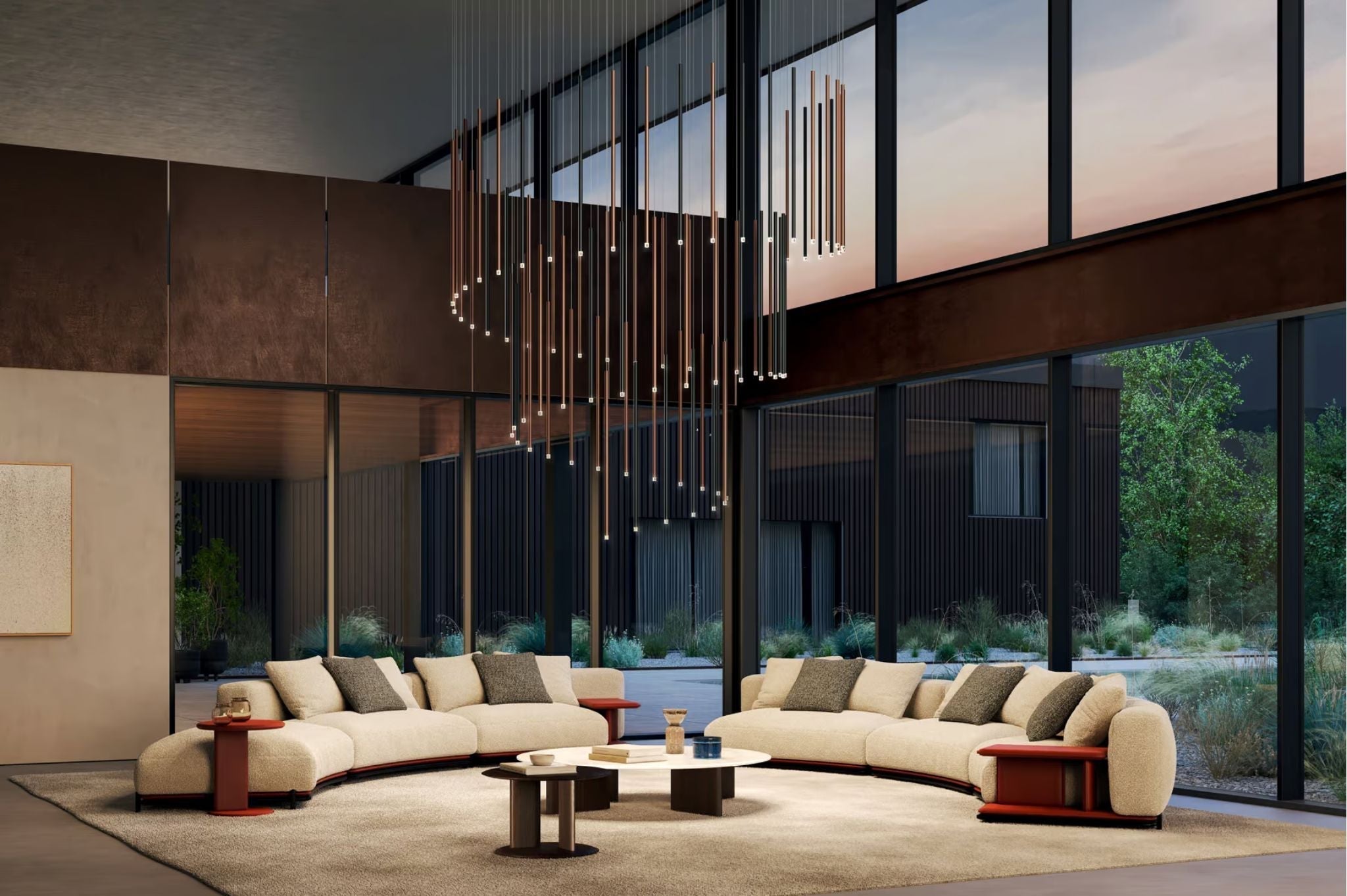
Refined Interior Lighting: Shaping Comfort and Ambience in Homes, Offices, and Hospitality Spaces
Interiors—whether homes, offices, or hospitality spaces such as restaurants and hotels—thrive under thoughtful, well-designed lighting. The right illumination can transform any environment, enhanci...
